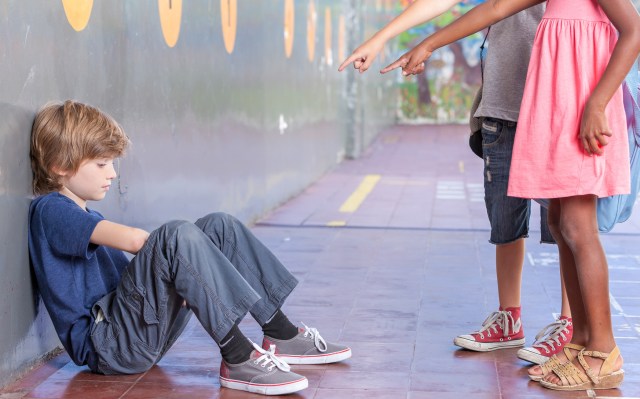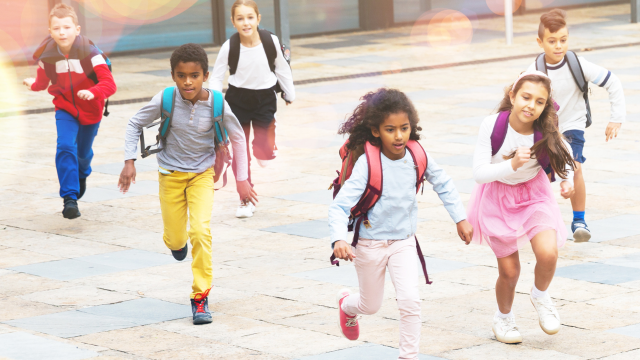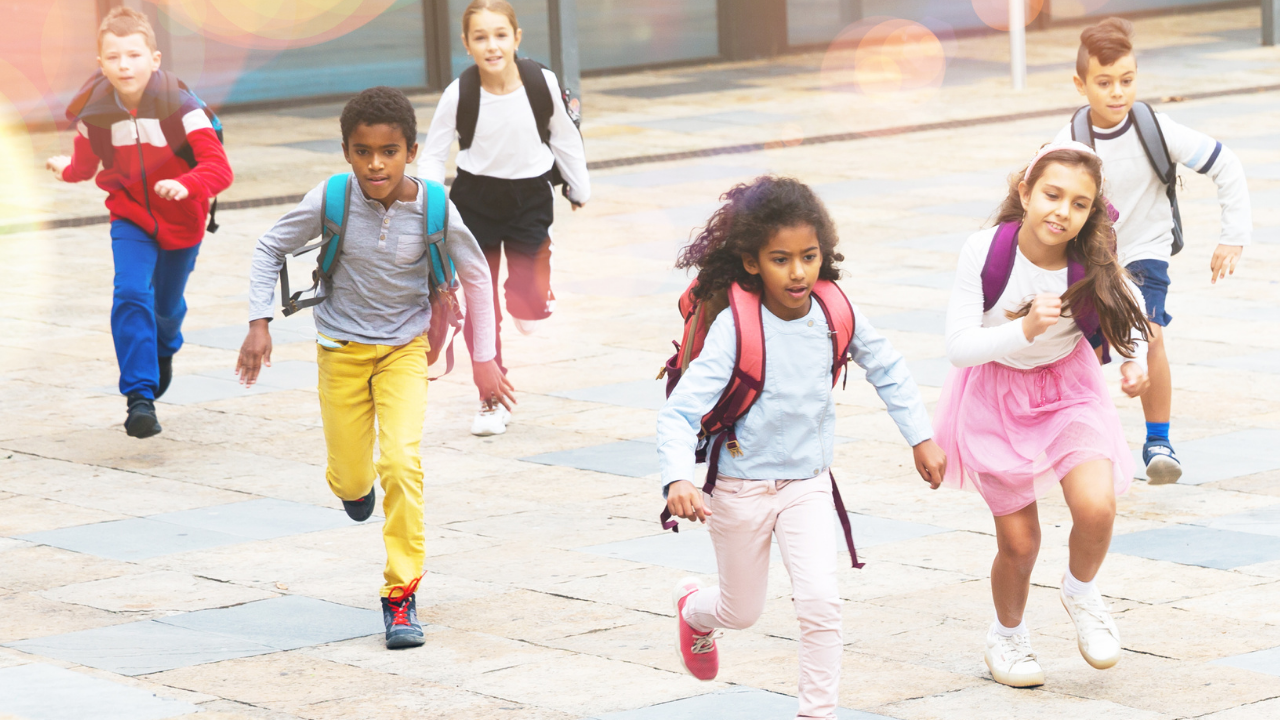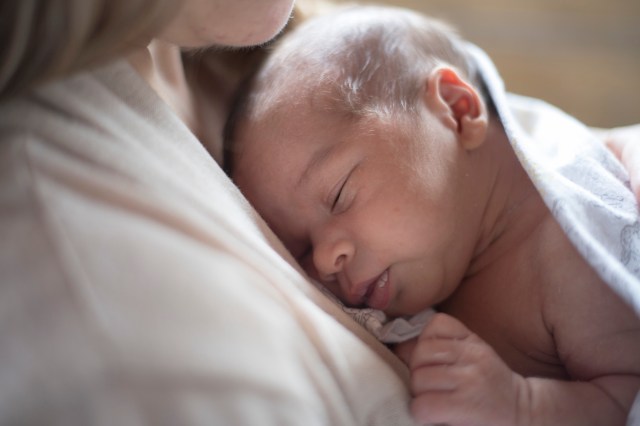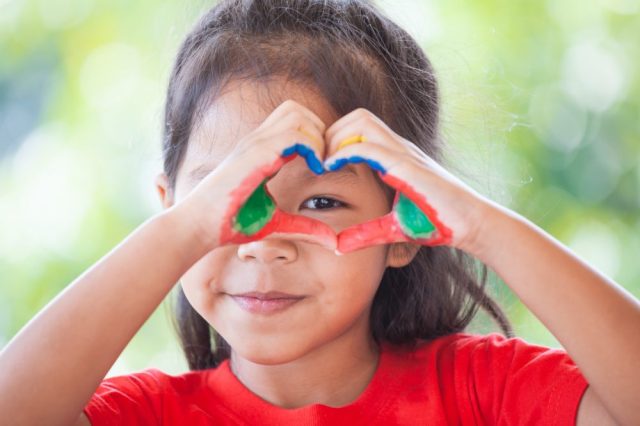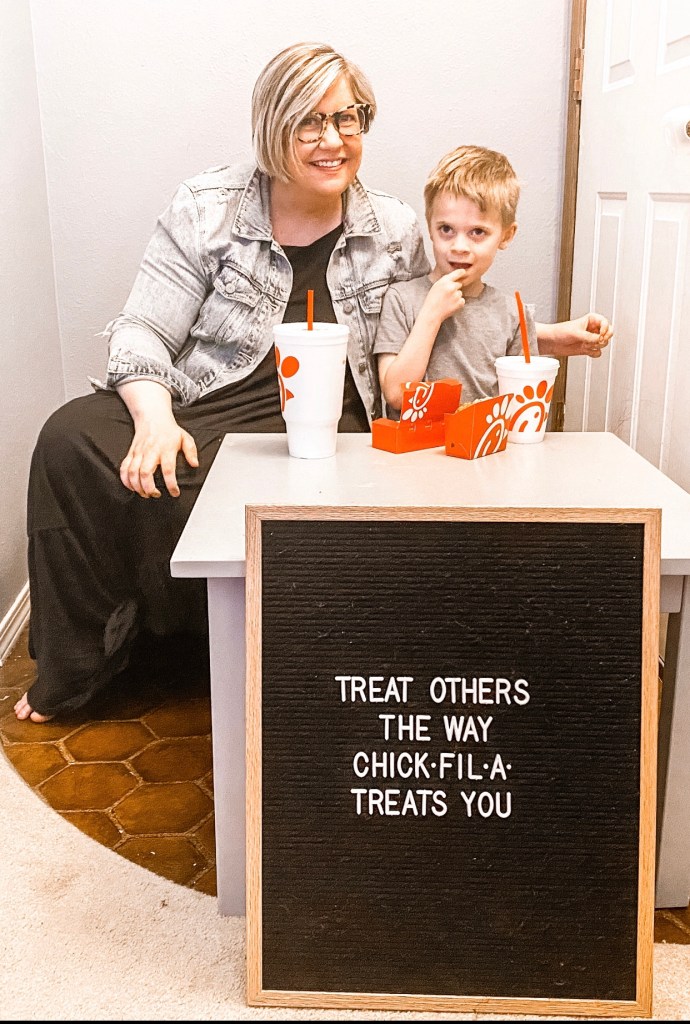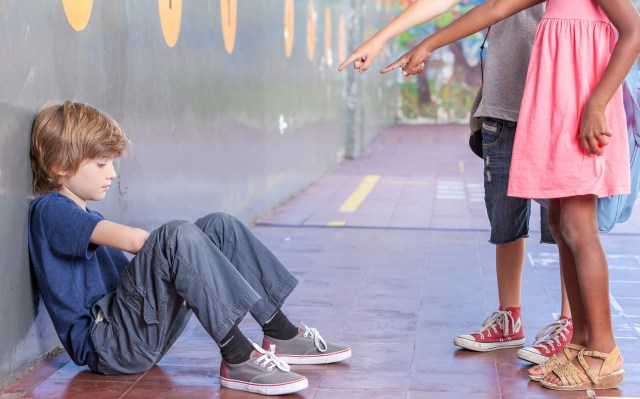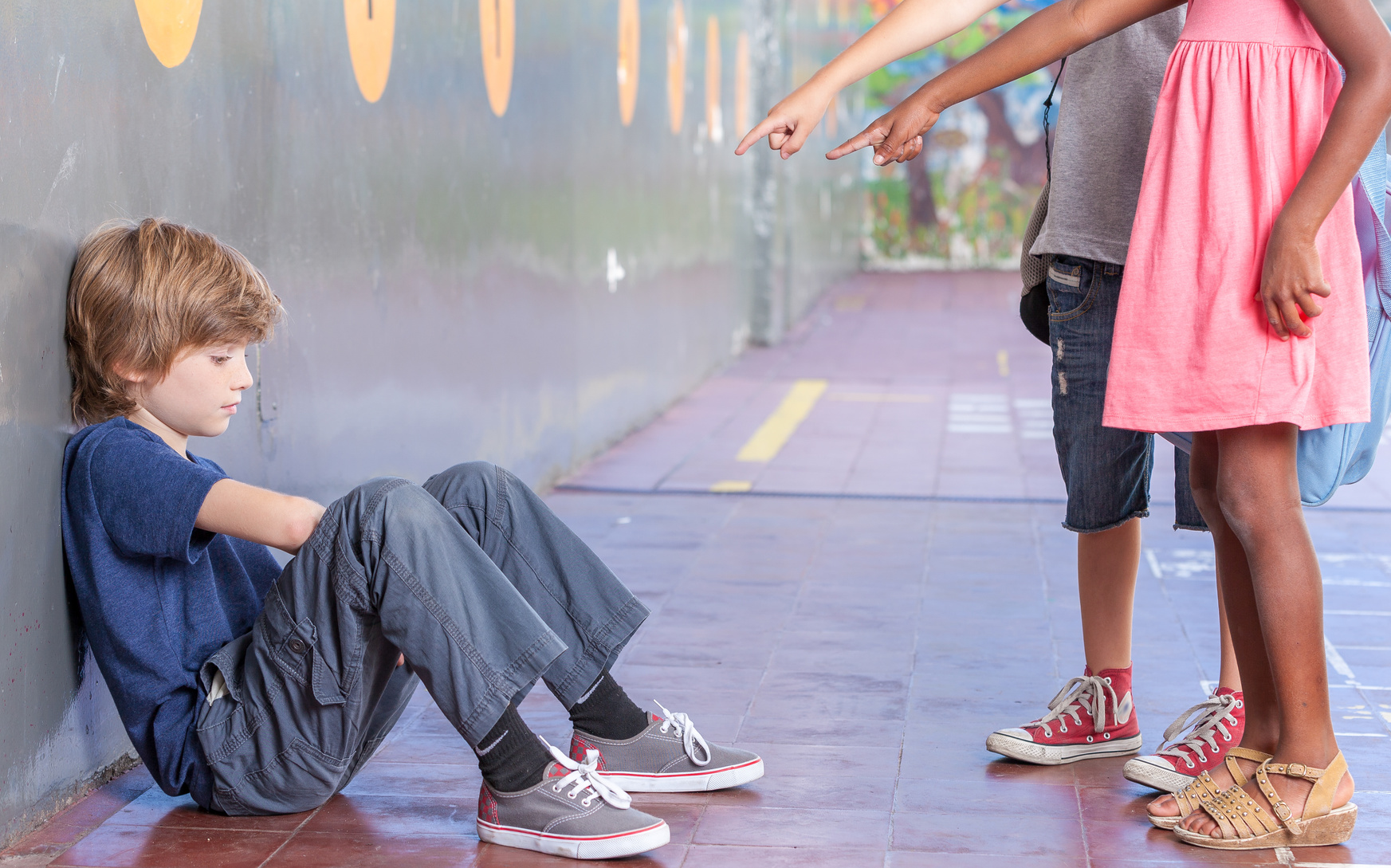I know it seems like middle school is a long way off for my girls. They’re 8 and 9 right now, and my oldest is just finishing up 3rd grade. But she’s always been early with everything, and it seems like teenage lunacy won’t be any different. She’s already acting like a bipolar ball of hormones and angst. Multiple times a day, she oscillates between snuggling with her American Girl doll one minute, and shrieking about her hair the next. She sits me down for deep conversations about being ready to shave her legs (she isn’t) and that she thinks she needs acne medicine (she doesn’t).
I am so not ready for this, but I have to be. Since I’ve always dealt with problems better in writing, I thought I’d compose a list of things that I want my daughters to learn before teenhood makes them crazy.
1. Girls can pee outside too. I know, I know. You think this sounds gross. Boys are always bragging about how special their junk is because, among other things, it allows them the freedom to water the trees and write their names in yellow in the snow. But if you and your girlfriends are ever out somewhere where the only option for a bathroom is a crap-smeared “toilet” with a wet doorknob, please, PLEASE go outside. Find a private spot, preferably one where you can lean your back against a wall or a tree. Lower your pants to your knees, squat, and just be sure to steer the stream clear of your clothes. You can do this.
2. Don’t ignore your vagina. Sorry girls. I know you find this topic painfully humiliating, but it has to be said. (Aren’t you glad I did this in writing?) Right around puberty, you’ll start to notice some goopy stuff coming out of your vajayjay on a regular basis. This is totally normal and nothing to worry about. But if it itches, turns red, or starts to smell weird, you need to see a doctor. Vaginas are tough little mofos, but the tiniest upset in bacteria or ph balance can cause some serious discomfort. Don’t be embarrassed. Don’t suffer through it because you don’t want to tell me that your lady bits hurt. It’s not worth it. Trust me.
3. Your princess ambitions are fine with me. Screw all those “forward-thinking” and enlightened people who insist that princess culture is holding girls back. You are beautiful, adventurous, and fun-loving girls. If you want to dress in pink frilly dresses and daydream about magical places, you go right ahead and do it. I love your imaginations, and I hope you never outgrow them.
4. Your friends parents don’t let them stay up until midnight or have boys in their bedrooms. And even if they did, I wouldn’t care. This one, I’ve already heard a billion times. “All the kids in my school get to stay up for HOURS after I have to go to bed!” “All of my friends’ parents let them watch that movie!” “None of the kids in my school have to do chores except me!” Guess what, guys. I’m not buying it. Believe it or not, your friends’ moms are actually my friends. I know these people. They are not running some party-till-you-puke boarding house with unlimited supplies of candy, money, and maid service. And if they were, I’d call them all suckers and then kick back with your father to drink wine and watch TV because my kids are in bed at 8:00.
5. When kids turn 11 or 12, they usually go insane. This too shall pass. It’s a good thing I’m writing this to you now, because once you actually reach middle school, you’ll be far too psychotic to listen to it. The pre-teen brain is somehow wired to make you think that drowning yourself in Axe is hot, or that you’re in love with some boy named Derk because he has 2 inch gauges in his ears, but then Derk likes some other girl and you want to die. I know it all feels crucially important and never-ending. And I promise that if it’s important to you, I will make it important to me. But I will keep repeating this silently to myself: “She won’t be a monster forever. She won’t be a monster forever.”
6. Most of the stuff your friends post on Tumblr and Yik Yak is bull. People lie. A lot. And one of the main ways they lie is by making themselves look perfect on social media. Whether they want to look perfectly gorgeous or perfectly pitiful, they are designing a persona with their Instagram posts. Nobody’s life is as it looks online. Nobody’s.
7. There will always be mean girls. Don’t let them define you. I’m sorry, honey. I pray that this never happens to you, but the odds are that it will. There are girls in every middle school who will do cruel, hateful things to you. They’ll ice you out. They’ll whisper about your body. They’ll invite you to eat lunch with them and then tell you you’ve been voted out of the table because you smell like a period. Sometimes they’ll do worse things. Sometimes they’ll spread rumors that seem like they could destroy your reputation for years. Or secretly take photos of you in the locker room. Or convince you to take nude photos of yourself and then spread them all over the school. Please hear this now. You never have to be alone with this. If someone is being cruel to you, no matter what you did, now matter how much trouble you think you’ll get into for whatever role you played in the situation, I will always be on your side. And YOU will always be a thousand times better, smarter, and worthier than any mean girl tries to make you out to be.
8. Please, for the love of God, do not BE a mean girl yourself. It might be tempting. It might seem like you’ll end up getting iced out yourself if you don’t join in on the icing. But you are better than this, honey. And if I ever find out that you are cruelly bullying some other kid, or even that you saw a kid being bullied and didn’t stick up for her, you know I will put an end to that nonsense immediately. Don’t test me.
9. If a boy is asking you to do anything you’re uncomfortable with, he is 100% wrong for you. I don’t want to make it seem like middle school is full of horrible kids. Most boys and girls are good kids who are having trouble figuring out how to keep their brains from making them do stupid stuff. That being said, it’s right around this age that some boys start thinking they have every right to expect girls to service their joysticks. This is not your job. And if anyone ever tries to make you feel like there’s something wrong with you for not wanting to do it, please laugh in his face and tell him that he should really stop concerning himself with sex and worry about his horrible personality and petty manipulative ways.
10. If an older teen boy or an adult man is interested in you, there is something wrong with him. This is hard for me to write. I don’t want to imagine that some day you might have some creepy older guy eyeing your little girl body. But the truth is, I was 12 the first time an adult man hit on me. And it wasn’t just once. It happened all the time. Sweetheart, these men are sick. An adult who is sexually interested in a child is called a pedophile. Run away as fast as you can, and then let me know who I need to run over with a truck.
11. Sleeping in a bra does not give you cancer, and it won’t keep your boobs from growing. I have no idea how this bizarre rumor got started, but it’s crap. The only thing bras do is hold your boobs up. You’ll need to wear one eventually.
12. Despite what you’ve seen on TV, it is not normal for teenagers to be caught in a love triangle. If you believe everything you see on TV, then teenagers have seriously dramatic love lives. Reality is a lot more boring. I promise.
13. No, most kids your age don’t know exactly which career path they will follow, and that’s OK. There are a hell of a lot of kids on TV who know exactly which career they want, and they’re preparing for it RIGHT NOW. I didn’t know which career I wanted until college. Neither did your father. You will get there eventually. For now, please just enjoy being a kid.
14. If you ever have an embarrassing problem, a question you can’t answer, or you’ve gotten yourself into some kind of trouble that you can’t figure your way out of, I am the person to come to. Always. I can’t promise that I’ll never be mad or disappointed, but I swear to you, I will do everything in my power to help you make it right, and I won’t make you feel like an ass for asking. Please come to me, baby. I am your mother, and this is my job. We got this.
Nicole Roder lives in Maryland with her husband, their 4 children, and Lucy–their fiercely terrifying, 20-pound Boston Terrier who protects their home from some ubiquitous danger only she can see. When she’s not busy writing, she’s wiping bottoms, searching for shoes, kissing boo boos, and driving all over God’s creation. AKA–mothering her children.
